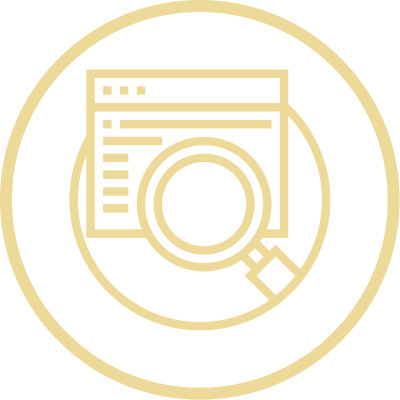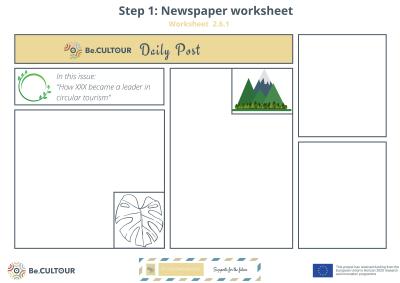
PURPOSE:
The aim of this module is to identify potential paths of development for the future.
The focus on the future and retrospective look at the activities that contributed to the achievement of the assumed goals should help to change perspective.
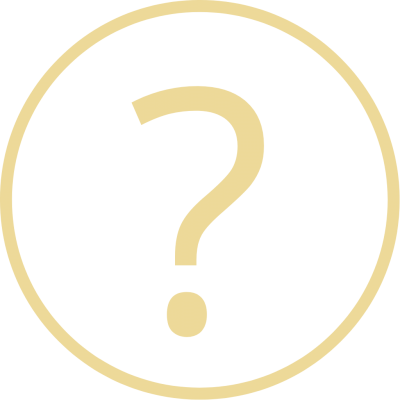
WHAT
Problem definition:
How do you get there?
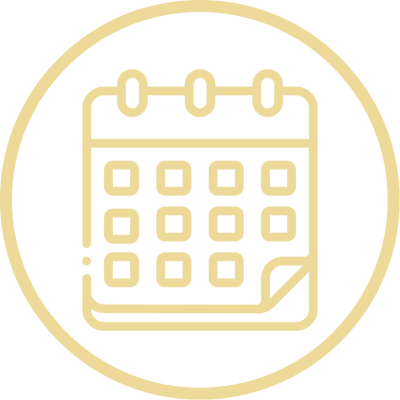
WHEN
Plan your trip:
Second Local Workshop
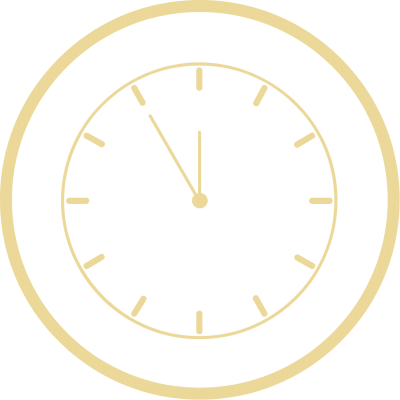
SESSION DURATION
120 minutes
GUIDELINES:
During the exercise, you can use as many elements as possible to link future descriptions with local conditions.
For example, photos of objects, names of people related to the region, local legends, specific places. You don't have to look far ahead.
An article presenting the future may refer to the final stage of the project implementation or shortly after its completion.
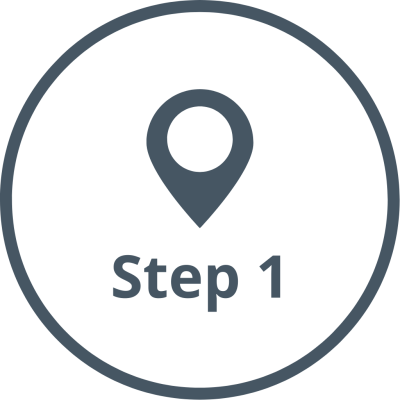
Ouverture
Participants are seated in teams of five to seven with one table host each. The facilitator gives each team a future newspaper worksheet, post-its, coloured pens, glue, pictures and scissors.
Worksheet 2.6.1

Setting the scene
Participants are asked to brainstorm and define a headline, which reflects the desired future - being an example of circular cultural tourism.
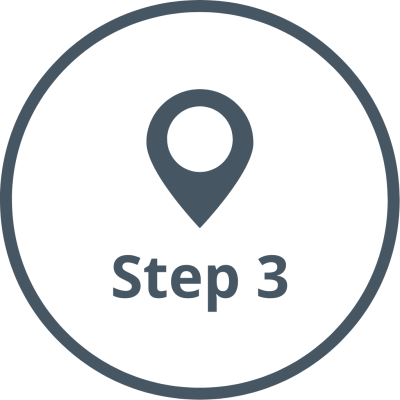
Preparatory phase
Participants define the framework: when will we reach the goal?
Who should this newspaper involve?
Who do we write for?
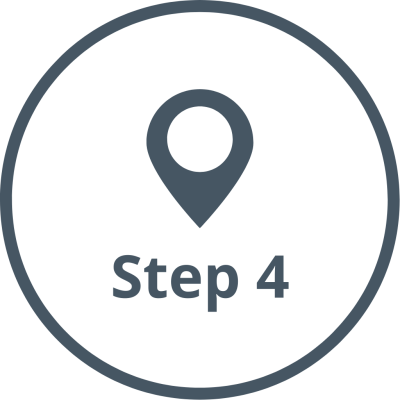
Reflection phase
Participants define possible obstacles and local challenges: What can go wrong?

Fantasy Phase
Participants brainstorm on the future solutions and actions, considering resources available, short-term needs and challenges to face, as well as possible links between the potential steps towards the solutions.
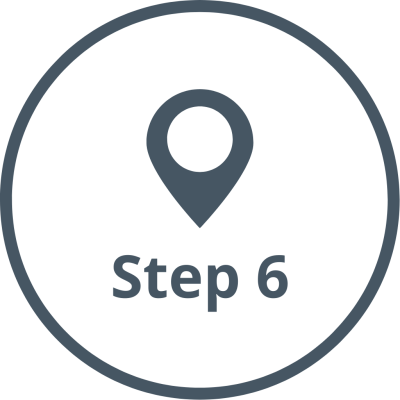
Creation Phase
Design your newspaper!
Use provided materials like newspapers, and postcards.
Write down your story.
Highlight some elements with colours or with postits.
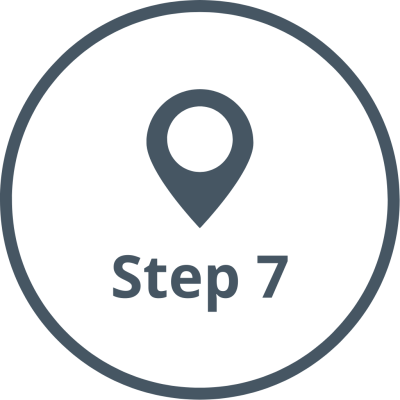
Plenary
All newspapers are presented and shortly described by one participant of each team.
A round of sticker-dot voting finished the exercise.
The most appropriate planes toward the future are discussed.
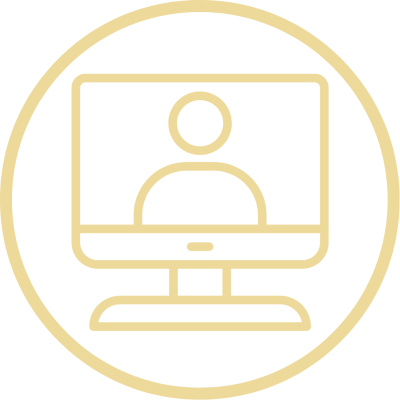
ONLINE APPLICATION
Worksheets on JAMBOARD
Zoom
